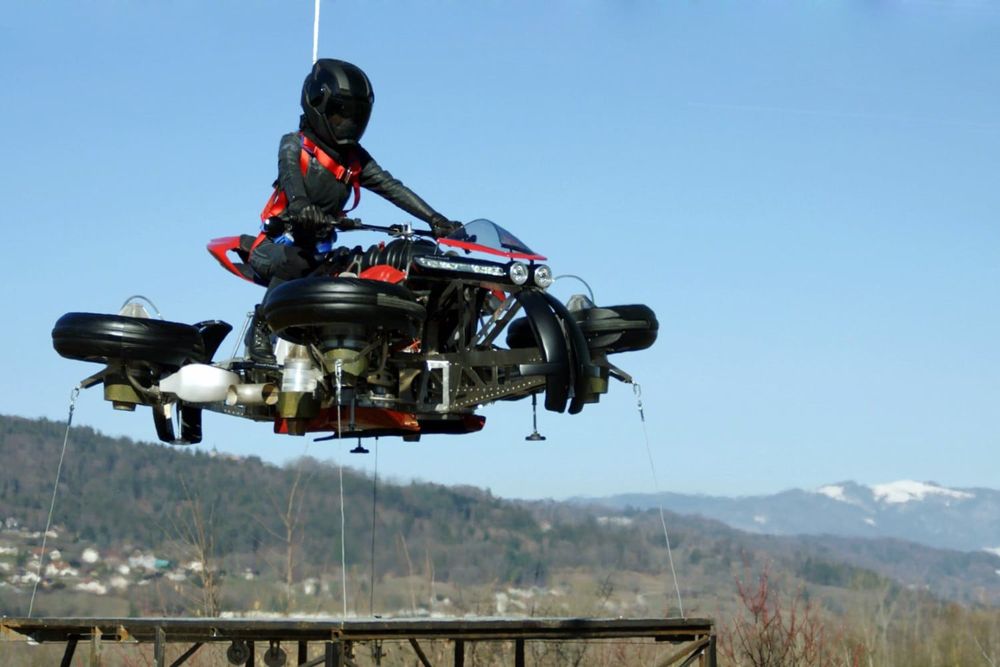Every cell in your body is the descendant of a stem cell, a very special kind of cell. In this episode, we learn a bit more about stem cells by interviewing a researcher who works with them.

Every cell in your body is the descendant of a stem cell, a very special kind of cell. In this episode, we learn a bit more about stem cells by interviewing a researcher who works with them.
Nuclear fusion, the process that powers our sun, happens when nuclear reactions between light elements produce heavier ones. It’s also happening — at a smaller scale — in a Colorado State University laboratory.
Using a compact but powerful laser to heat arrays of ordered nanowires, CSU scientists and collaborators have demonstrated micro-scale nuclear fusion in the lab. They have achieved record-setting efficiency for the generation of neutrons — chargeless sub-atomic particles resulting from the fusion process.
Their work is detailed in a paper published in Nature Communications (“Micro-scale fusion in dense relativistic nanowire array plasmas”), and is led by Jorge Rocca, University Distinguished Professor in electrical and computer engineering and physics. The paper’s first author is Alden Curtis, a CSU graduate student.
By Donna Lu
A computer made from strands of DNA in a test tube can calculate the square root of numbers up to 900.
Chunlei Guo at the University of Rochester in New York state and colleagues developed a computer that uses 32 strands of DNA to store and process information. It can calculate the square root of square numbers 1, 4, 9, 16, 25 and so on up to 900.
In 2020 and the coming decade, these trends are likely to gather momentum. They will also be on display next week at CES, an enormous consumer electronics trade show in Las Vegas that typically serves as a window into the year’s hottest tech developments.
From smart homes to ultrafast wireless speeds, here’s what to watch.
Giving the vaccine intravenously to monkeys provided 90% protection against tuberculosis. More testing is needed before humans can be inoculated that way.
Heart disease is the biggest killer in the Western world. A part of the problem is that even if one survives a heart attack, damage to the heart muscle results in the formation of thick scar tissue that can increase the chance of heart failure. Now researchers have found a way to improve the quality of the scar tissue in animal models, resulting in improved heart function following a heart attack.
The research centers on a protein therapy called recombinant human platelet-derived growth factor-AB (rhPDGF-AB), which had previously been shown to improve heart function in mice that had suffered a heart attack. In a new study aimed at bringing the treatment closer to human trials, a team set out to discover if it produced similar results in large animals, namely pigs.
The researchers from the Westmead Institute for Medical Research (WIMR) and the University of Sydney found that when pigs that had suffered a heart attack received an infusion of rhPDGF, it did indeed prompt the formation of new blood vessels in the heart and led to a reduction of potentially fatal heart arrhythmia.

Breakthroughs include measuring the true nature of the universe, finding new species of human ancestors, and unlocking new ways to fight disease.
After years of ethical debates and breakthroughs in the lab, CRISPR has finally made its way to clinical trials. Researchers are now looking at whether the DNA-editing tool, as well as more conventional gene therapies, can effectively treat a wide array of heritable disorders and even cancers.
“There’s been a convergence of the science getting better, the manufacturing getting much better, and money being available for these kinds of studies,” says Cynthia Dunbar, a senior investigator at the National Heart, Lung, and Blood Institute. “It’s truly come of age.”
CRISPR — formally known as CRISPR-Cas9 — has been touted as an improvement over conventional gene therapy because of its potential precision. CRISPR (clustered regularly interspaced short palindromic repeats) is a genetic code that, contained in a strand of RNA and paired with the enzyme Cas9, acts like molecular scissors that can target and snip out specific genes. Add a template for a healthy gene, and CRISPR’s cut can allow the cell to replace a defective gene with a healthy one.

With the Lazareth LMV 496, the flying motorcycle is no longer a myth. In addition to flying, it can also travel on the road.
Lazareth LMV 496, the Flying Motorcycle, powered on the road by an electric motor and jet engines, can both fly and travel on road.
Continue reading “The Lazareth LMV 496, a true motorcycle that can fly” »